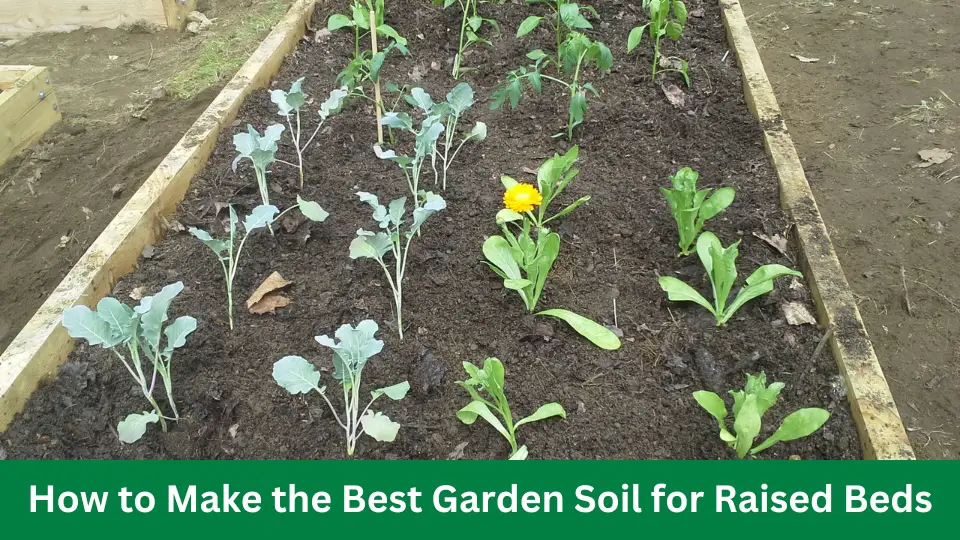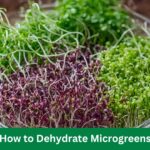Mix equal parts compost, garden soil, and aeration additives to create the best garden soil for raised beds. Choose quality materials and test the soil pH balance.
Crafting the perfect soil mixture for raised garden beds is crucial for a bountiful harvest. A blend that fosters adequate drainage while retaining moisture promotes healthy root growth and plant vitality. Enriching the soil with compost delivers essential nutrients and encourages beneficial microorganisms, nurturing your plants throughout the growing season.
Amending with quality topsoil provides a solid foundation, and incorporating natural aeration materials like perlite or vermiculite ensures a loose structure for roots to expand. This balanced approach results in fertile, well-drained soil optimal for raised bed gardening, setting the stage for an impressive and productive green space. With attention to these details, gardeners cultivate an environment where plants can thrive.
The Importance Of Quality Soil In Raised Beds
Healthy plants start with healthy soil, especially in raised garden beds. These special beds need the best earth to help plants grow. Good soil gives plants the food and water they need. Your garden will thrive with the right mix in your raised beds.
Quality soil in raised beds means strong, healthy plants. Soil with many rich nutrients makes for bigger vegetables and brighter flowers. It also helps fight off plant diseases. With good soil, your garden will need less water and fertilizer. This makes gardening easier and more fun for you.
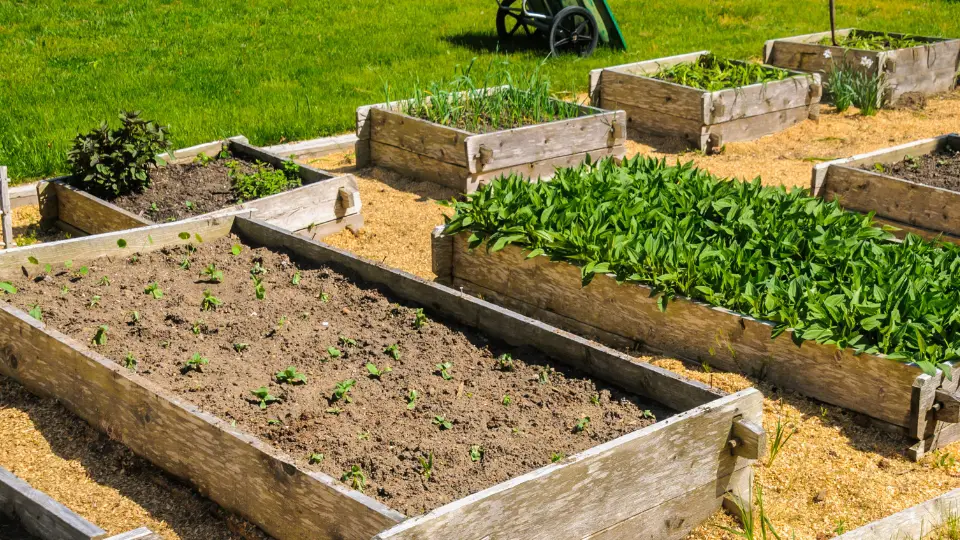
Benefits Of Raised Bed Gardening
- Better drainage: Water moves through raised beds more easily, preventing too much moisture.
- More control: You decide what goes into your soil; there is no guessing about the ground below.
- Longer growing season: Soil in raised beds gets warm faster in spring.
- Easier on your back: Less bending down means your back stays happy while you garden.
Characteristics Of Ideal Garden Soil
The best garden soil for raised beds has these things:
| Characteristic | Why It Matters |
|---|---|
| Loose and fluffy: | Roots can grow easily in this kind of soil. |
| Rich in organic matter: | Organic matter feeds your plants. |
| Good balance of sand, silt, and clay: | This mix helps the soil hold water and air just right. |
| Neutral pH: | Most plants love a pH that is not too sour or too sweet. |
Starting With The Basics: Soil Composition
Creating perfect garden soil for raised beds begins with knowing what makes good soil. Good soil acts as a strong foundation for healthy plant growth. Understand soil basics to give plants a happy home.
Understanding Soil Texture
Soil texture affects water drainage and nutrient availability. Composed of sand, silt, and clay, the right balance promotes root growth and water retention.
- Sand: Drains quickly and doesn’t hold nutrients well.
- Silt: Holds water and has decent nutrient retention.
- Clay: Rich in nutrients, holds water but drains slowly.
To test texture, feel the soil. Great soil feels like a moist cake crumble. It should be neither too sandy nor full of clay.
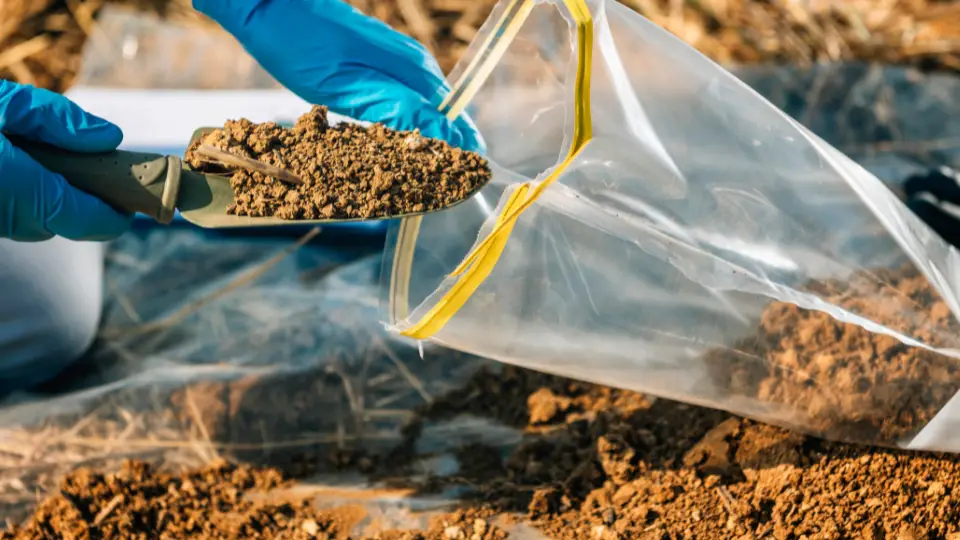
Soil Ph And Nutrient Levels
Soil pH impacts how well plants absorb nutrients. Most plants prefer a pH between 6.0 and 7.0. A simple pH test gives insight into soil acidity or alkalinity. Use pH adjustments like lime or sulfur to correct imbalances.
| pH Level | Soil Condition | Adjustment Needed |
|---|---|---|
| Below 6.0 | Too acidic | Add lime |
| 6.0 – 7.0 | Ideal for most plants | None |
| Above 7.0 | Too alkaline | Add sulfur |
Check nutrient levels too. Nitrogen, phosphorus, and potassium are key. They support growth, root development, and overall health. Use organic compost or balanced fertilizers to improve nutrient content.
Choosing The Right Soil For Your Raised Beds
The secret to a lush raised bed garden lies beneath the surface. Quality soil forms the foundation of any successful garden. With plenty of options available, selecting the best one can feel overwhelming. The right mix promotes healthy plant growth and high yields.
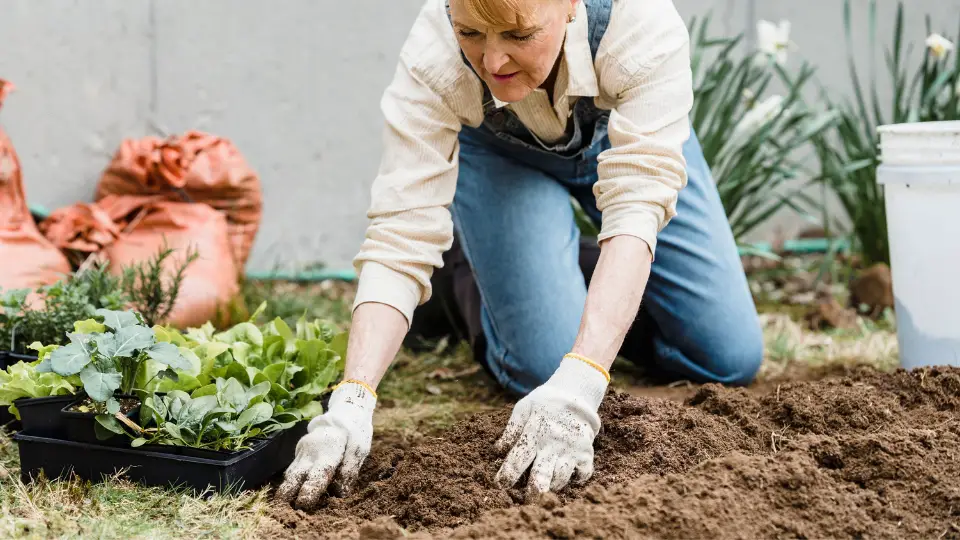
Pros And Cons Of Different Soil Types
Understanding soil varieties ensures you choose wisely for your garden beds.
| Soil Type | Pros | Cons |
|---|---|---|
| Loam Soil | – Balanced texture – Retains moisture well – Contains nutrients |
– Can be expensive – May need amending over time |
| Sandy Soil | – Drains quickly – Easy to work with |
– Poor nutrient retention – Requires frequent watering |
| Clay Soil | – Rich in nutrients – Holds water well |
– Heavy and compact – Poor drainage |
| Silt Soil | – Retains moisture – Fertile |
– Can compact easily – Poor drainage |
Tailoring Soil Mix For Plant Needs
Create the perfect environment for your plants by customizing the soil mix.
- Vegetables: Mix loam with compost for nutrients and water retention.
- Perennials: Add sand to enhance drainage.
- Root crops: Use a well-draining sandy mix to promote growth.
Match soil attributes to what your plants crave. Balancing drainage and moisture retention is key. Remember, a healthy start leads to a thriving garden.
Creating The Perfect Soil Blend
Raised garden beds offer unparalleled control over the health of the soil where your plants grow. The ideal soil blend should promote strong root growth and optimal plant health. Achieving this involves creating a nutrient-rich, well-draining mix yet retaining moisture.
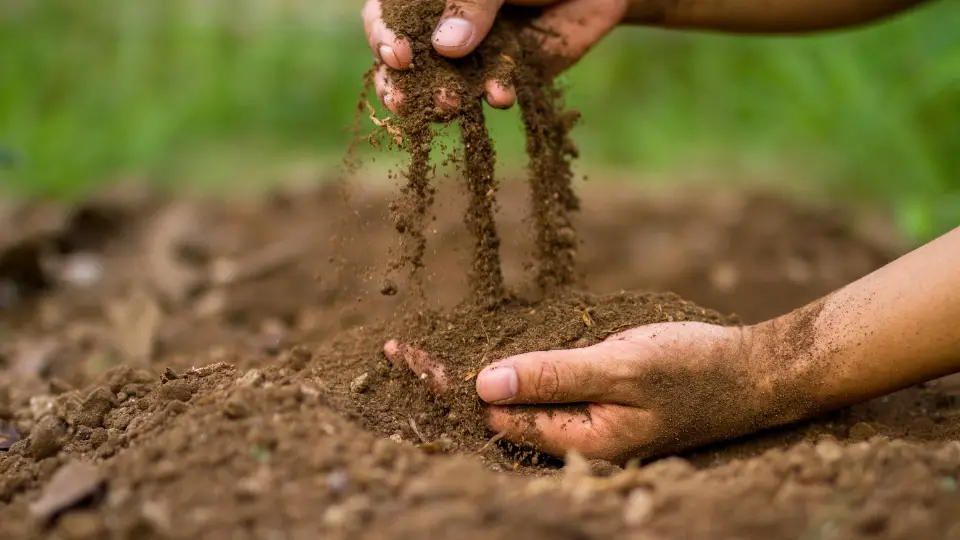
Mixing Your Own Soil
Hand-mixing your soil allows you to adjust ingredients to suit your plants’ needs. Begin by considering your plants’ needs and your soil’s current state. Use a garden fork or shovel to mix and eliminate large clumps thoroughly.
Common Ingredients For A Balanced Mix
A balanced soil mix includes several key ingredients: compost, soil, and amendments. Here’s what each component offers:
| Ingredient | Benefit |
|---|---|
| Compost | Provides organic matter and nutrients |
| Topsoil | The base for the mix; offers structure |
| Peat Moss or Coconut Coir | Improves moisture retention |
| Perlite or Vermiculite | Enhances aeration and drainage |
| Worm Castings | Enriches soil with micro-nutrients |
Customize your blend by adding ingredients that cater to the specific needs of your garden. A diverse mix encourages healthy plant growth and resistance to pests and diseases.
Organic Matter: The Key To Fertility
Organic matter transforms good garden soil into great garden soil. It boosts fertility by providing nutrients plants need to thrive. Healthy soil means healthy plants.
The Role Of Compost
Think of compost as a superfood for your garden. It’s packed with nutrition and teeming with beneficial microbes. Here’s what compost does:
- Improves soil structure
- Increases water retention
- Adds essential nutrients
- Encourages root growth
Add compost to raised beds each planting season. This simple step ensures continual soil vitality.
Using Green Manures And Cover Crops
Green manures and cover crops are live plants grown to enrich soil. They are sown, then chopped, and dropped into the soil. They serve multiple purposes:
| Benefit | Example |
|---|---|
| Fix nitrogen | Clover, Legumes |
| Suppress weeds | Rye, Buckwheat |
| Prevent erosion | Grasses |
Plant these crops after harvest. Then, turn them into the soil before they seed. This cycle enriches the earth naturally.
Enhancing Soil Life: Microorganisms And Worms
Crucial to a flowering garden, the soil ecosystem thrives on biodiversity. Beneath our feet and in our raised garden beds, a bustling world of microorganisms and worms works tirelessly. These tiny workers play a pivotal role in creating fertile, nutrient-rich soil that supports robust plant growth.
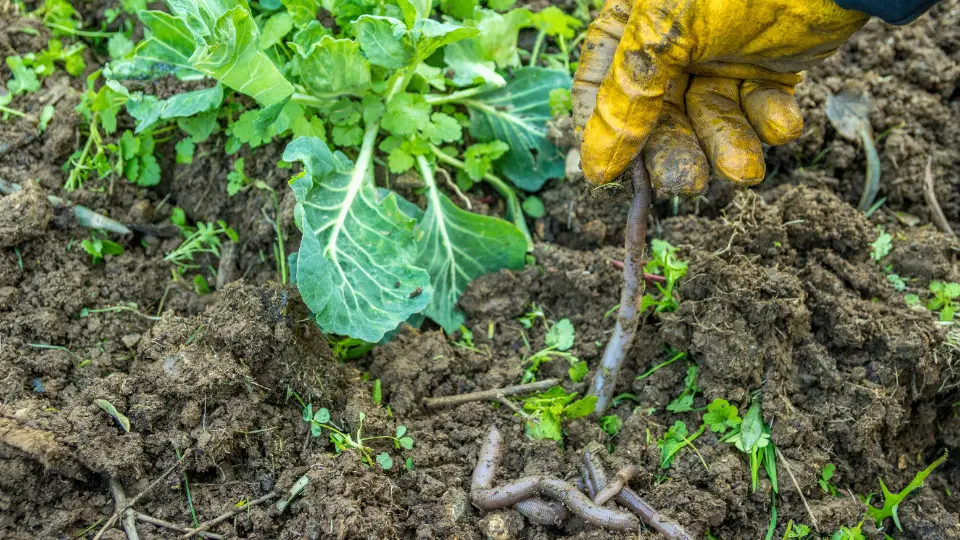
Let’s explore how to invite these beneficial creatures into our garden beds.
Attracting Beneficial Soil Organisms
Beneficial soil organisms include bacteria, fungi, protozoa, and nematodes. Each has a part in breaking down organic material and boosting soil health. To attract these helpful inhabitants:
- Add organic matter like compost or aged manure
- Employ mulching techniques to preserve soil moisture
- Avoid chemicals that harm beneficial organisms
Plant diversity also draws different organisms that benefit each other and plants.
The Benefits Of Earthworms In Garden Soil
Earthworms are vital for healthy soil. They aerate the earth as they burrow, creating space for air and water to reach plant roots. The benefits of hosting earthworms in garden soil include:
| Aeration | Nutrient Cycling | Improved Drainage |
|---|---|---|
| Tunnels allow roots to breathe | Waste casts are rich in nutrients | Less waterlogging due to channels |
| Loosens compact soil | Decompose organic material | Provides pathways for roots |
To keep earthworms active, maintain moist and organic material-rich soil. Avoid deep tilling that disrupts habitats.
Drainage And Water Retention In Raised Beds
For any avid gardener, creating the perfect environment for plants is crucial. Raised beds offer excellent control over the health of your garden soil.
The right balance between drainage and water retention can differentiate thriving plants and gardening disappointment.
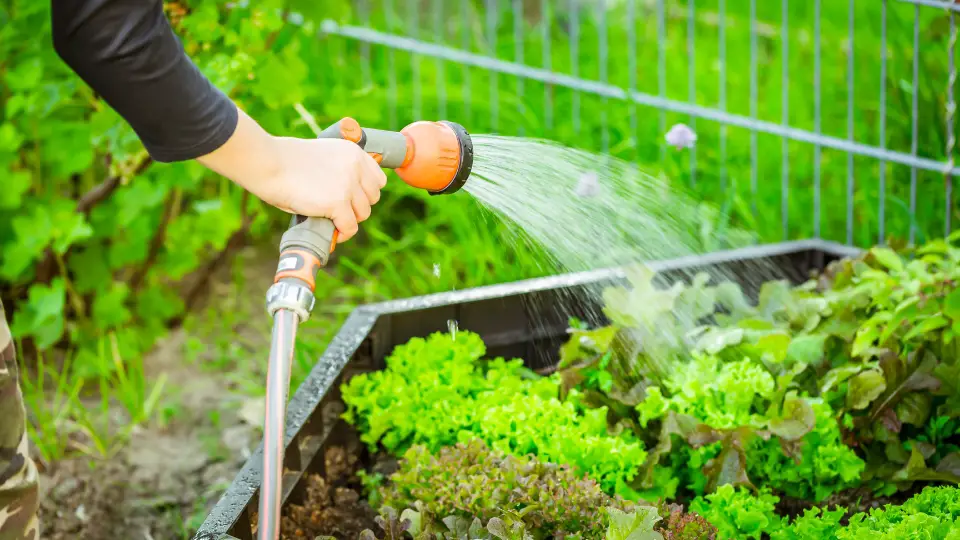
Improving Soil Drainage
Good drainage is key to preventing waterlogging and root rot.
- Start with a layer of gravel at the base.
- Mix in sand with garden soil to increase porosity.
- Consider using perforated pipes at the bottom for excess water escape.
- Keep organic materials like compost to foster drainage and aeration.
Regularly check the soil’s dampness at different depths.
Balancing Moisture For Plant Health
Water retention supports plants during dry spells.
Understand your plants’ water needs to customize the soil mixture.
| Ingredient | Function |
|---|---|
| Peat Moss | Retains moisture |
| Coconut Coir | Reduces the need for frequent watering |
| Compost | It provides nutrients and retains water |
Add mulch on the surface to minimize evaporation.
Clay particles can help retain water, but use them sparingly to avoid compaction.
Select and Incorporate a soil mix that holds moisture but drains well after watering.
Natural Soil Amendments For Nutrient Boost
Your garden’s success starts with its soil. Great soil helps plants grow healthy and strong. For raised beds, mixing the best soil with natural amendments works wonders. These natural helpers give your plants the nutrients they need without chemicals.
Organic Vs. Synthetic Fertilizers
Choosing the right fertilizer is key for thriving plants. Organic fertilizers come from natural sources. They feed your plants slowly but for a long time. Synthetic fertilizers are man-made. They work fast but can harm the soil and the environment.
Organic options improve soil structure over time. They also help with water retention. Synthetics, on the other hand, may lead to nutrient run-off. That can pollute waterways. It’s why many gardeners pick organics for a sustainable garden.
Top Amendments To Consider
Add these natural amendments to make your raised bed soil rich:
| Amendment | Benefits |
|---|---|
| Compost | Builds soil, adds nutrients |
| Worm Castings | Boosts growth, improves drainage |
| Leaf Mold | Improves texture, holds moisture |
| Bone Meal | Provides phosphorus for roots and blooms |
| Green Sand | Adds potassium, trace minerals |
- Compost: The all-star. It’s full of life and nutrients.
- Worm Castings: Nutrient-rich Worm waste.
- Leaf Mold: Decomposed leaves that hold water well.
- Bone Meal: Ground animal bones are rich in calcium and phosphorus.
- Green Sand: It has potassium and other minerals for plant health.
These natural amendments create a perfect balance in your soil. They are better for the environment, too. You can grow a lush, productive garden in your raised beds using these.
Maintaining Soil Quality Over Time
Thriving gardens start with vibrant soil. Yet, keeping this vibrancy over the years poses a challenge. Understanding how to maintain soil quality in raised beds is vital. This nurturing ensures your garden continues to flourish with life and bounty.
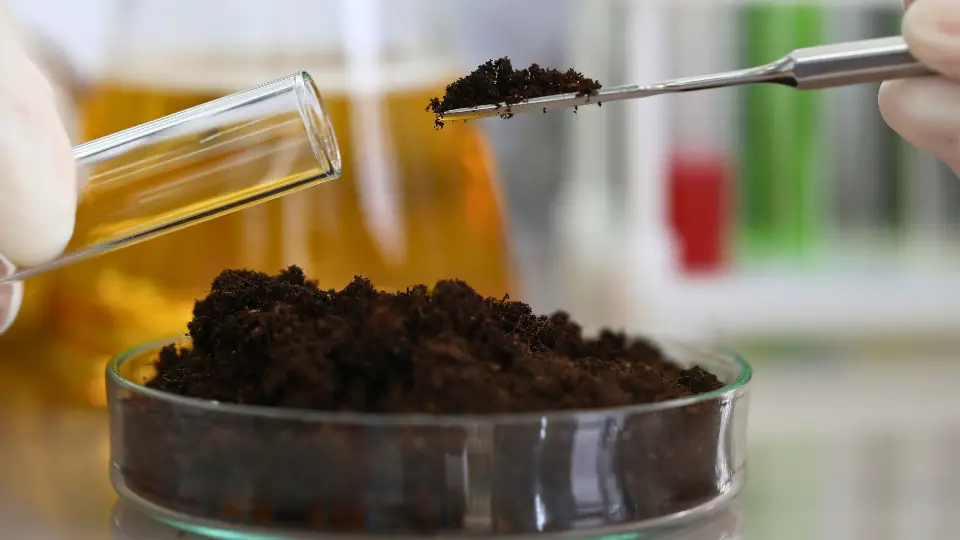
Regular Testing And Adjustments
Soil quality can shift with time. Regular soil tests provide crucial information. They reveal nutrient levels and pH balance. Testing your soil annually is a good practice. This guides the amendments your raised bed soil needs.
For balance, adding organic matter like compost might be necessary. Alternatively, minerals like lime or sulfur can adjust the pH. Follow these steps:
- Collect a soil sample from multiple spots in your raised bed.
- Please send it to a local extension service or use a home testing kit.
- Analyze the results and research the best amendments.
- Mix in recommended nutrients and pH adjusters evenly.
Year-round Soil Care Techniques
Soil demands attention not just during growing seasons but throughout the year. Protecting and enriching your soil constantly is key. Here’s how:
- Mulching: Covering the soil with mulch prevents weed growth and moisture loss.
- Cover Crops: In the off-season, grow cover crops. They fix nitrogen and prevent erosion.
- Composting: Consistently add compost. It boosts fertility and soil structure.
Integrate these methods into your gardening routine. Your raised beds will reward you with health and productivity, season after season.
Common Mistakes To Avoid
Creating the perfect soil for your raised beds is vital for a thriving garden. Yet, it’s easy to tumble into traps that can hinder plant growth. Let’s dig into some common mistakes you should avoid to ensure your garden flourishes.
Over-fertilizing And Soil Imbalance
Too much fertilizer can harm plants. It’s tempting to think more is better. However, excessive nutrients can burn roots and stunt growth. Follow these tips to keep the soil balanced:
- Test soil before adding fertilizers.
- Use compost to provide slow-release nutrients.
- Avoid heavy-handed fertilizer applications.
A balanced soil nourishes your plants without overwhelming them. Aim for moderation and accuracy in your fertilizing routine.
Neglecting Soil Structure And Health
Soil isn’t just dirt; it’s a living ecosystem. Healthy soil structure is key for water drainage and root growth. To keep soil in top shape:
- Avoid compaction. Don’t walk on garden soil.
- Embrace diversity. Mix different types of organic matter.
- Maintain balance. Add both compost and mulch.
Good soil structure supports plant development. Prioritize regular maintenance to sustain a robust garden bed.
Frequently Asked Questions Of How To Make The Best Garden Soil For Raised Beds
What Is The Best Soil Mix For Raised Beds?
The best soil mix for raised beds combines equal parts compost, topsoil, and aeration materials like perlite or vermiculite. This blend ensures nutrient-rich, well-draining soil conducive to healthy plant growth.
What Should I Fill My Raised Garden Bed With?
Fill your raised garden bed with a mix of topsoil, compost, and coarse sand for proper drainage and nutrition. Use a ratio of 60% topsoil, 30% compost, and 10% coarse sand for best results.
How Do You Prepare Soil For A Raised Garden Bed?
To prepare soil for a raised garden bed, start by layering organic matter, compost, and topsoil. Ensure good drainage with a mix of soil types and enrich with nutrient-rich amendments. Regularly check soil moisture and pH, and aerate to promote healthy root growth.
How Do You Fill A Raised Garden Bed Cheaply?
To affordably fill a raised garden bed, use local compost, budget-friendly topsoil, and repurposed organic materials like grass clippings or fallen leaves. Consider layering materials lasagna-style for cost-effective soil enrichment.
Final Word
Creating the perfect garden soil for your raised beds is an achievable goal. By following the steps outlined —from choosing quality materials to understanding soil composition—you’re now equipped to enhance plant health and harvest bounties. Patience and persistence can yield the lush garden you aspire to cultivate.
Happy gardening!
Verified This Article By Video Source: https://www.youtube.com/watch?v=h0CcA5dWj00

